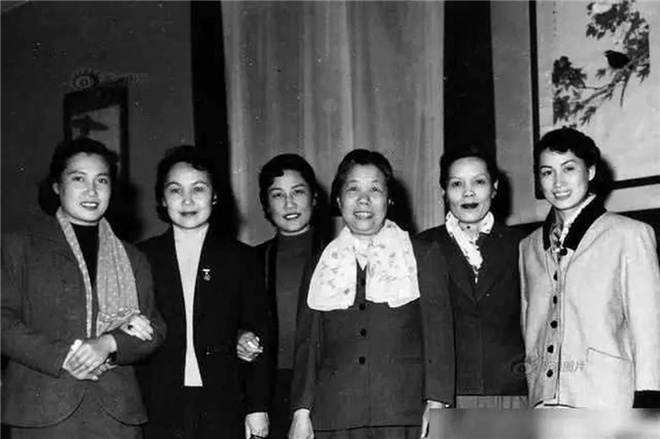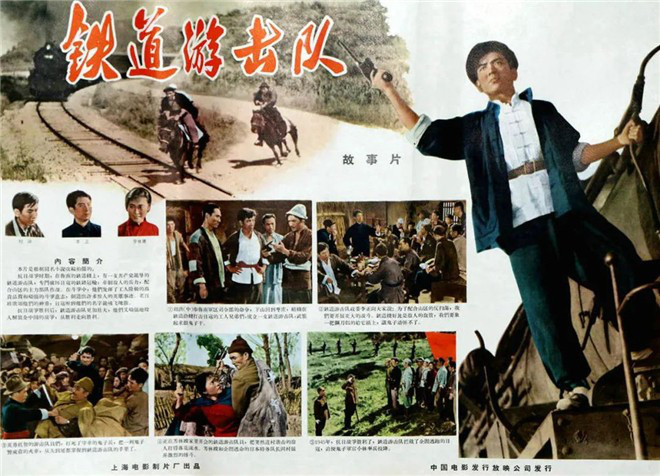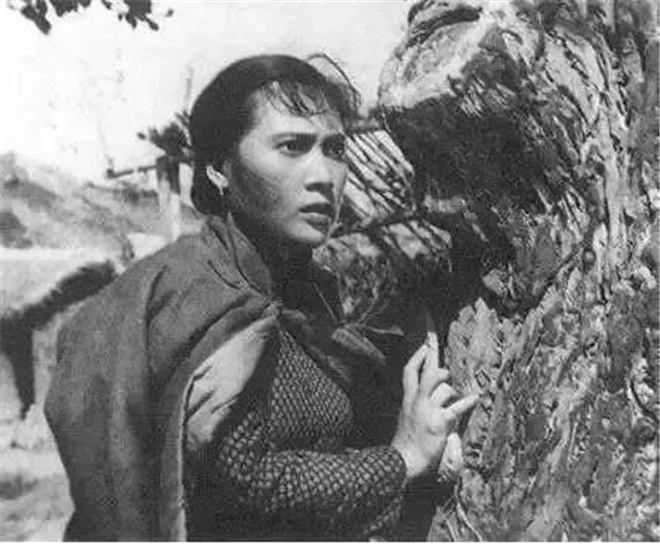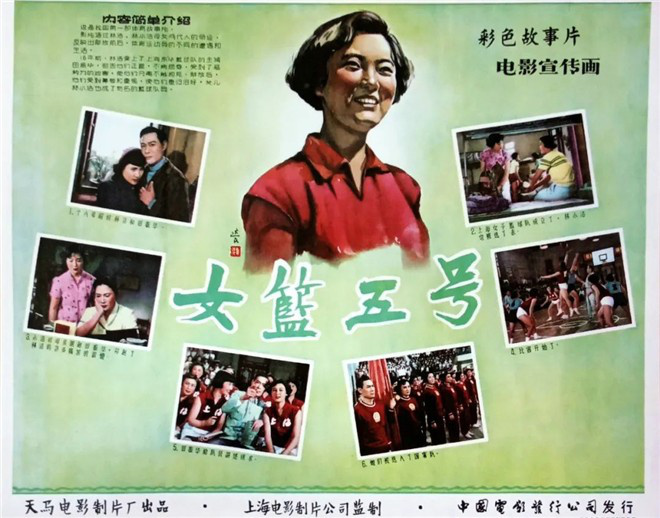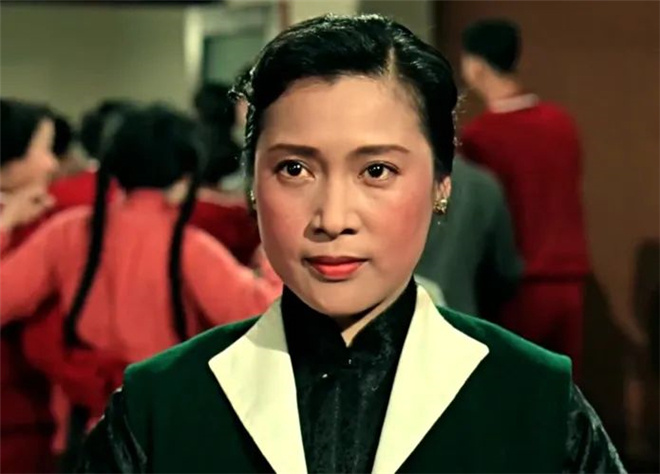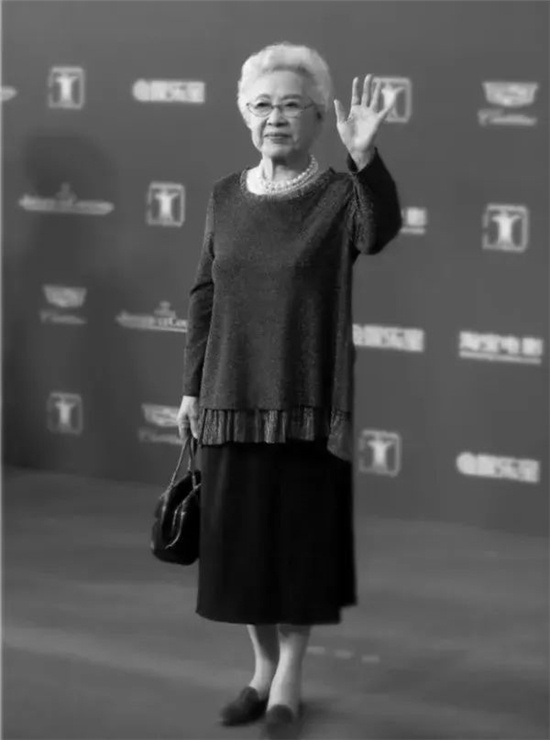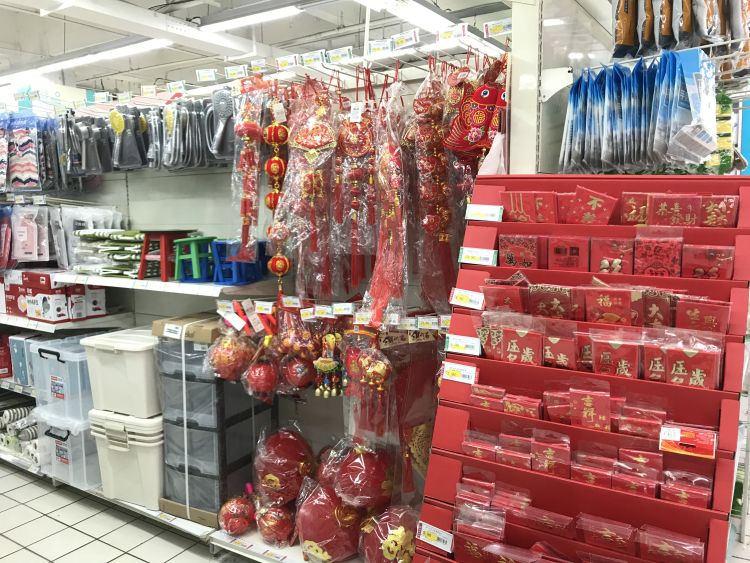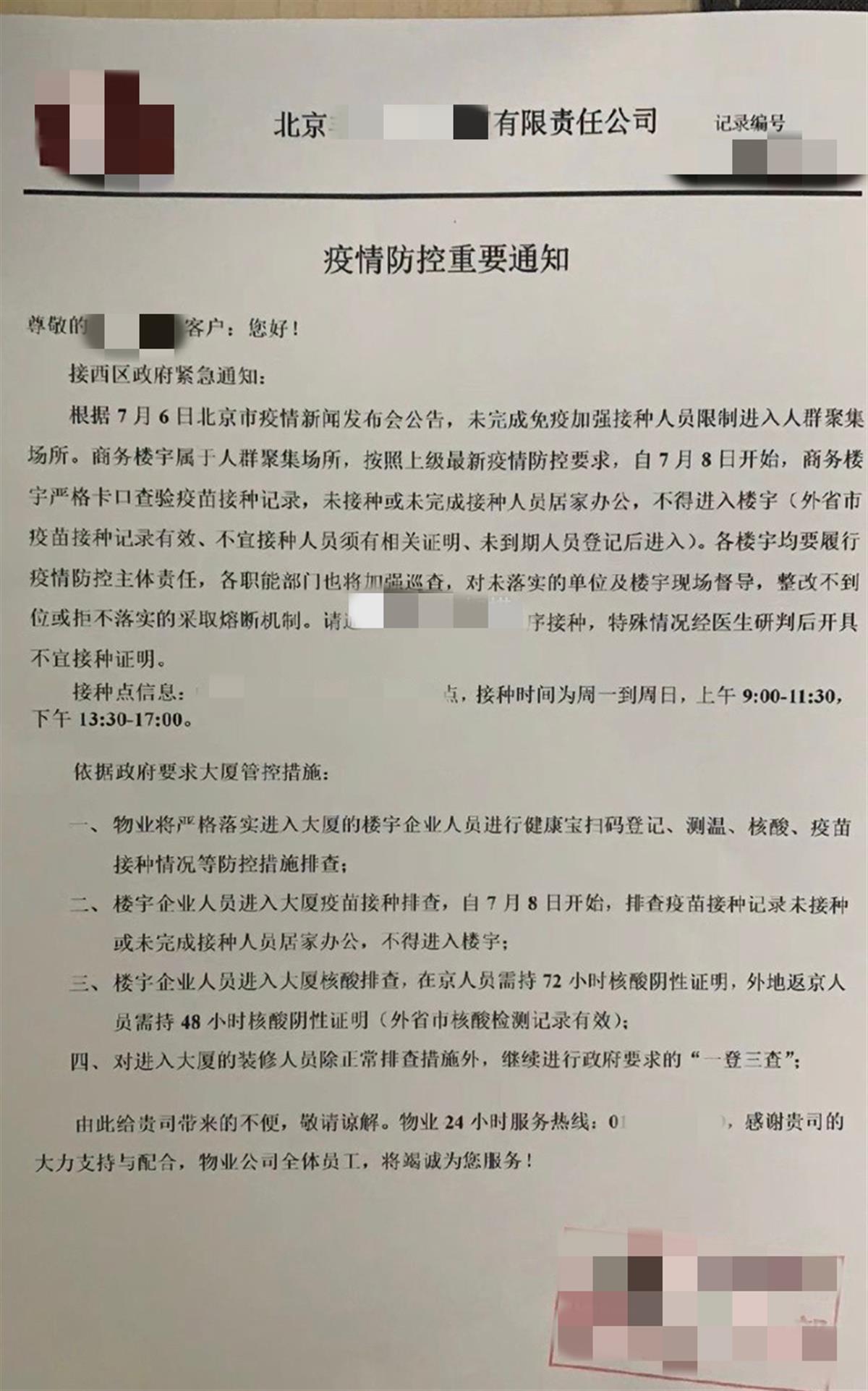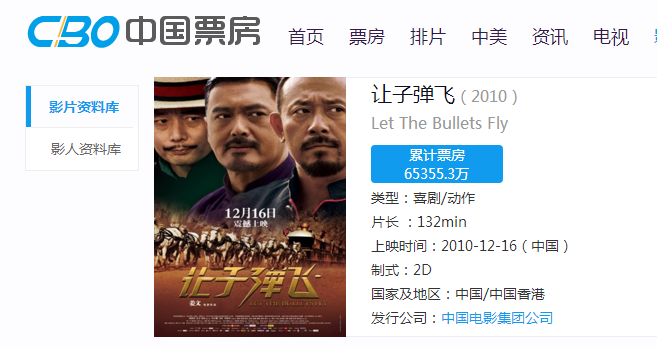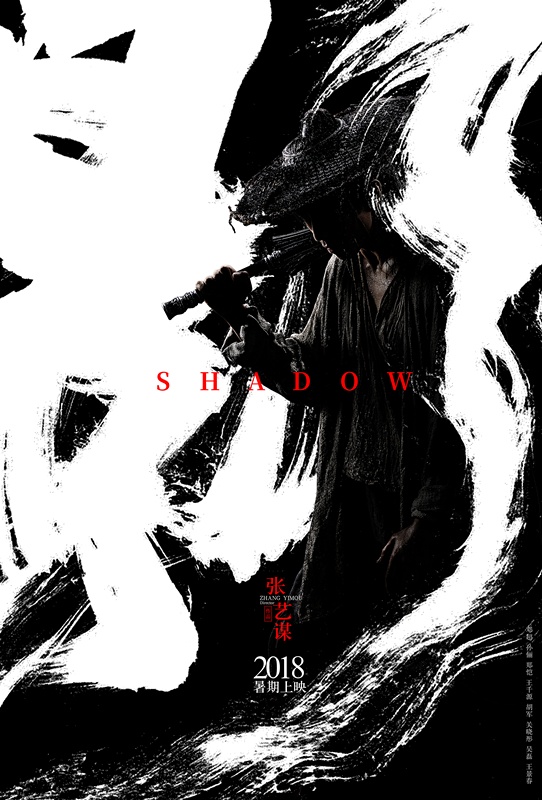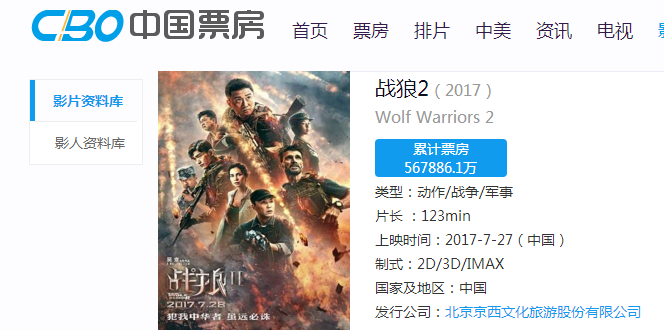Four-valent vaccine is recommended for influenza prevention this year: it can prevent four virus strains.

Many people still remember the fierce flu and vaccine shortage last year. What is the situation this year?
Yesterday, the reporter learned from the "Symposium on Influenza Prevention and Control Countermeasures under the New Situation" held by Guangdong Preventive Medicine Association that the "tailing" effect of influenza in southern China is obvious this year. In order to prepare for the winter and spring influenza, the state is stepping up the batch issuance of influenza vaccines.
The World Health Organization (WHO) has finally determined and announced the composition of influenza vaccine in the northern hemisphere influenza season from 2019 to 2020, and it is recommended to use tetravalent influenza vaccine. China’s self-produced tetravalent vaccine has doubled its output this year, and 11 million vaccines are being issued in batches. Guangdong is on the list of the first shipments and is expected to arrive at the end of August and early September at the earliest.
Text/Guangzhou Daily All-Media Reporter He Xuehua Correspondent Yin Dongmei and liuyong
Tetravalent vaccine: especially protecting the elderly and children.
To prevent influenza, we need to carry out it according to what influenza virus is prevalent. Therefore, every year, the world pays attention to the components of the influenza vaccine strain of the World Health Organization, which means that global experts predict the epidemic type of the virus.
At the seminar, Dr. Zheng Jiandong from China Center for Disease Control and Prevention introduced that the World Health Organization officially released the recommended components of seasonal influenza vaccine in the northern hemisphere in 2019-2020 on March 21st this year, and gave priority to the components of tetravalent influenza vaccine, which means that tetravalent influenza vaccine will become the first choice for preventing influenza virus in the northern hemisphere in the future, including China. This northern hemisphere vaccine formula contains H1N1, H3N2, Victoria strain B (BV) and Yamagata strain B (BY).
Because of trivalent vaccine in 2018, it failed to play a very good role in protecting Yamagata(BY (by) virus that was popular in that year, just as the formula of traditional Chinese medicine lacked blindly important components, and the immune effect was not satisfactory. The situation in recent years shows that it is imperative to capture the two lineages of influenza B in one fell swoop and prepare them in the influenza vaccine formula. The tetravalent vaccine has become the WHO’s priority recommendation for influenza vaccine in the northern hemisphere, which is the latest major change, including Yamagata(BY (by) component.
Dr. Zheng Jiandong said: "I will choose the tetravalent influenza vaccine for vaccination this year." Because of one more protection, the BY flu virus that can’t be prevented is quite powerful without new components.
Influenza B virus is mainly a local outbreak, and tends to infect specific groups, such as children and the elderly with poor immunity, so it is easy to cause complications in addition to typical infection symptoms. The related research in China from 2003 to 2008 suggested that the mortality rate during the period when influenza B virus was mainly prevalent exceeded that during the period when H3N2 was mainly prevalent.
It is not difficult to understand the truth that "a simple cold can still kill people", and it is easier to empathize with Middle-aged Beijing under the Influenza. It is precisely because of this that the immune expectation of tetravalent influenza vaccine can be said to protect people with poor immunity, especially the elderly and children.
Vaccine supply: Guangdong is included in the first batch of 8 provinces and cities delivery list.
Last year, the supply of influenza vaccine was tight in the whole country, and "one vaccine is hard to find" is still fresh in people’s memory.
Dr. Zheng Jiandong from China Center for Disease Control and Prevention pointed out that this year, China’s influenza vaccine immunization program still followed the recommendation of WHO. Different from last year, the supply of trivalent and tetravalent vaccines should no longer be in short supply. "Last year, some enterprises stopped producing influenza vaccines because of insufficient production capacity."
Due to the obvious "tail effect" of influenza in southern China this year, the reporting rate has been maintained near the baseline of 5%. In order to prepare for the winter and spring influenza, the state is stepping up the batch issuance of influenza vaccines.
Tetravalent influenza vaccine is recommended as the first choice to prevent influenza virus this year. Are manufacturers ready? The reporter was informed that Hualan tetravalent influenza vaccine is a tetravalent vaccine independently produced in China, and it is also the only influenza vaccine in China that has passed the pre-certification of the World Health Organization, which also means that the vaccine has obtained a "passport" for exporting to Europe, America and other countries and regions.
According to the person in charge of Pan in South China, the production of tetravalent influenza vaccine has doubled this year, and it is expected to reach 11 million people. Although WHO’s component formula came out late, the first batch of 560,000 people has been approved and issued. Guangdong is included in the first batch of delivery lists of 8 provinces and cities, and it is expected to arrive at the earliest end of August and early September.
After the vaccine is used, antibodies are produced 15 days later, and the immune protection can be maintained for at least one year.
Suitable vaccines:
Six high-risk groups
Influenza is highly contagious, spreads quickly and is easily confused with the common cold. About 65 million to 190 million people are infected with influenza every year in China. "Unfortunately, the influenza vaccination rate in China is only about 2%." Dr. Zheng Jiandong pointed out that six high-risk groups, including medical staff, students, infants, the elderly, pregnant women and patients with chronic diseases, are the key groups for influenza vaccination.
The benefit-cost ratio of influenza vaccination is 6.48:1, which is even higher for the elderly aged 65 and above. Previous monitoring results indicate that the risk of influenza activity in winter in Guangdong province is increasing, and the risk of outbreak in kindergartens, schools, nursing homes, prisons, detention centers and other collective units is increasing. It is recommended that the public be vaccinated as soon as possible.
Be careful with vaccines:
Egg allergy
Many citizens have consulted reporters, and heard that if there are allergic eggs, it is not appropriate to get the flu vaccine. Is it the same with tetravalent? In this regard, disease control experts said that in China Pharmacopoeia and vaccine instructions, people who are allergic to eggs are classified as "cautious" rather than "banned" tetravalent influenza vaccine, and even "cautious" has been cancelled in the United States. In fact, the residual content of egg ingredients in tetravalent vaccine is very low. However, whether or not to vaccinate depends on personal wishes.
Many expectant mothers also want to be vaccinated with tetravalent influenza vaccine. However, pregnant women are listed as "forbidden" in China Pharmacopoeia and vaccine instructions. Even though clinical results abroad, including Europe, the United States and East Asia, show that 987 pregnant women have good immunogenicity and safety after using tetravalent vaccine, it is still "forbidden" in China and is not recommended.


